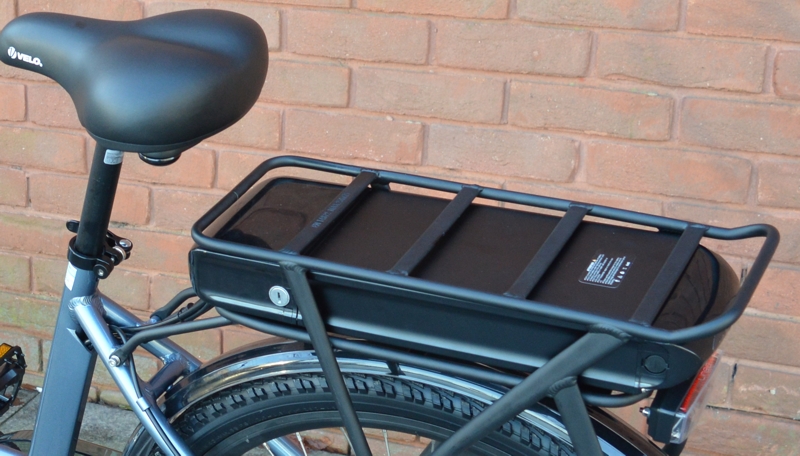I'm adopting cycling as a way to improve my fitness while I'm out and about by replacing buses and the car relatively locally.
My starting level of fitness is very poor as I've had leg/back issues for some years that required surgery 6 months ago quickly followed by an unexpected triple bypass operation 3 months ago. After getting my bike, a Trek T30 Hybrid, out of the shed where its stood unused for some years, cleaning it up and replacing the tubes and tyres, I've been out for a few short rides to get acclimatised to riding again. If the terrain around me was flat I wouldn't consider an electric bike as I would just work on gradually building up my fitness but it's hilly enough to be too much of a challenge for my current level of fitness to cope with. Hence I'm considering an e bike. I'd like one that wouldn't provide any assistance when I'm on the flat, but would kick in to provide it when I'm going uphill. Could this be automatically detected by the kit? I like the idea where my bike would behave exactly as a manual when the motor isn't providing assistance. So it would freewheel in the same way and have the same gearing. Am I right that a mid conversion would be the best option for this? The more intelligent the conversion kit is the better for me. So is there one that would sense the assistance I need and provide it automatically? What kits would suit me?
My starting level of fitness is very poor as I've had leg/back issues for some years that required surgery 6 months ago quickly followed by an unexpected triple bypass operation 3 months ago. After getting my bike, a Trek T30 Hybrid, out of the shed where its stood unused for some years, cleaning it up and replacing the tubes and tyres, I've been out for a few short rides to get acclimatised to riding again. If the terrain around me was flat I wouldn't consider an electric bike as I would just work on gradually building up my fitness but it's hilly enough to be too much of a challenge for my current level of fitness to cope with. Hence I'm considering an e bike. I'd like one that wouldn't provide any assistance when I'm on the flat, but would kick in to provide it when I'm going uphill. Could this be automatically detected by the kit? I like the idea where my bike would behave exactly as a manual when the motor isn't providing assistance. So it would freewheel in the same way and have the same gearing. Am I right that a mid conversion would be the best option for this? The more intelligent the conversion kit is the better for me. So is there one that would sense the assistance I need and provide it automatically? What kits would suit me?






/Samsung%20ICR18650-26H%202600mAh%20(Pink)-Energy.png)




